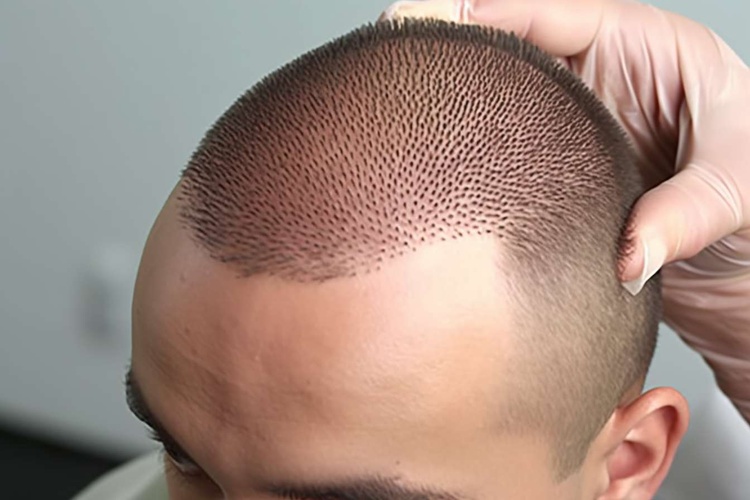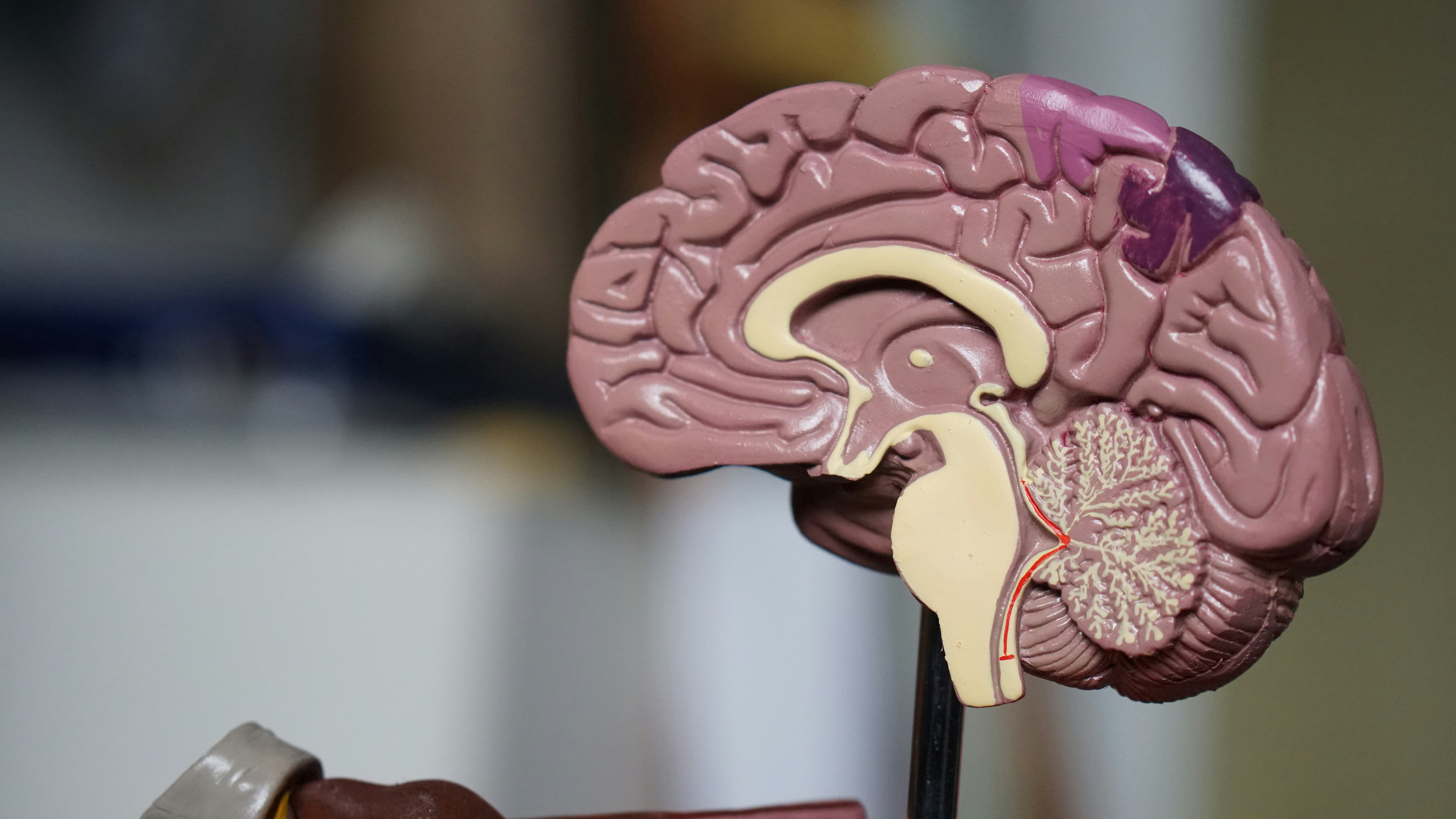Learn More About Eyebrow Transplantation for Adults Over 50
This article provides general information about eyebrow transplantation for individuals over 50. It covers the process, potential benefits, and factors to consider when deciding if this procedure is right for you, offering insights into how it works and what to expect.

As we age, eyebrow hair naturally becomes thinner and sparser, affecting facial symmetry and expression. For adults over 50, eyebrow transplantation presents a cosmetic option worth exploring. This article examines the key aspects of eyebrow transplantation specifically for older adults, including what the procedure involves, recovery considerations, and factors to evaluate before making a decision.
Overview of eyebrow transplantation for adults over 50
Eyebrow transplantation is a cosmetic surgical procedure that involves transplanting hair follicles from a donor area, typically the back of the scalp, to the eyebrow region. For adults over 50, this procedure addresses age-related eyebrow thinning, hair loss from medical treatments, scarring, or decades of over-plucking. The technique most commonly used is Follicular Unit Extraction (FUE), where individual hair follicles are carefully extracted and implanted into the eyebrow area to create natural-looking results. The procedure is performed under local anaesthesia and typically takes several hours depending on the number of grafts required. Older adults considering this option should understand that results develop gradually over several months as transplanted hairs grow and settle into their new location.
What to know before considering an eyebrow transplant
Before pursuing eyebrow transplantation, several important considerations require attention. First, a thorough consultation with a qualified cosmetic surgeon or dermatologist is essential to assess candidacy. Medical history, current medications, skin condition, and realistic expectations all play crucial roles in determining suitability. Adults over 50 should disclose any chronic conditions such as diabetes, blood clotting disorders, or autoimmune diseases, as these may affect healing and outcomes. Understanding that transplanted scalp hair grows at a different rate and texture than natural eyebrow hair is important—regular trimming and grooming will be necessary. Additionally, individuals should research qualified practitioners with specific experience in eyebrow transplantation, review before-and-after photos, and verify credentials. Setting realistic expectations about results, understanding that multiple sessions may be needed, and recognizing that final outcomes take 9-12 months to fully develop are all critical knowledge points.
Eyebrow transplant process and recovery considerations
The eyebrow transplant process begins with careful planning and design of the desired eyebrow shape, taking into account facial structure, natural brow patterns, and individual preferences. During the procedure, hair follicles are extracted from the donor site using the FUE method, then meticulously implanted into the eyebrow area at precise angles to mimic natural growth patterns. Recovery considerations for adults over 50 include managing initial swelling and redness around the eyebrow area, which typically subsides within a few days. Small crusts form around transplanted follicles and naturally fall off within 7-10 days. Patients should avoid touching, rubbing, or scratching the treated area and follow specific aftercare instructions regarding cleaning and moisturizing. Physical activities, sun exposure, and swimming should be limited during the initial healing period. Transplanted hairs typically shed within 2-4 weeks, which is a normal part of the process, followed by new growth beginning around the third month. Patience is essential, as full results emerge gradually over the following months.
Factors to consider when exploring eyebrow transplantation
Several factors warrant careful consideration when exploring eyebrow transplantation. Age-related skin changes, including reduced elasticity and slower healing, may influence recovery time and outcomes for adults over 50. The quality and density of donor hair available on the scalp affect the number of grafts possible and final eyebrow fullness. Lifestyle factors, including smoking, which can impair healing, and sun exposure habits should be evaluated. Financial considerations are significant, as eyebrow transplantation is typically not covered by health insurance and costs vary based on the number of grafts, practitioner experience, and geographic location. Maintenance requirements, including regular trimming of transplanted hairs and potential touch-up procedures, should factor into decision-making. Psychological readiness and realistic expectations about outcomes are equally important, as dissatisfaction often stems from unrealistic hopes rather than actual results.
Cost and Provider Considerations
Eyebrow transplantation costs in Australia typically range from AUD 4,000 to AUD 8,000, depending on the number of grafts required, clinic location, and surgeon expertise. Below is a general comparison of typical providers and cost estimations:
| Provider Type | Services Offered | Cost Estimation (AUD) |
|---|---|---|
| Specialist Cosmetic Clinics | FUE eyebrow transplant, consultation, aftercare | 5,000 - 8,000 |
| Dermatology Practices | Medical assessment, transplant procedure | 4,500 - 7,000 |
| Hair Restoration Centers | Comprehensive hair transplant services including eyebrows | 4,000 - 6,500 |
Prices, rates, or cost estimates mentioned in this article are based on the latest available information but may change over time. Independent research is advised before making financial decisions.
General benefits of eyebrow transplantation for older adults
For adults over 50, eyebrow transplantation offers several potential benefits beyond cosmetic enhancement. Fuller, well-defined eyebrows can restore facial symmetry and create a more youthful appearance, positively impacting self-confidence and social interactions. Unlike temporary solutions such as pencils or microblading, transplanted eyebrows are permanent and grow naturally, eliminating daily makeup routines. The procedure provides a long-term solution for individuals who have experienced permanent eyebrow loss due to medical conditions, scarring, or aging. Natural-looking results, when performed by skilled practitioners, blend seamlessly with existing eyebrow hair and facial features. For many older adults, the psychological benefits of feeling more confident in their appearance contribute significantly to overall quality of life and social engagement.
Eyebrow transplantation represents a viable option for adults over 50 seeking to address eyebrow thinning or loss. By understanding the procedure, recovery process, and important considerations, individuals can make informed decisions aligned with their personal circumstances and expectations. Thorough research, consultation with qualified professionals, and realistic goal-setting are essential steps in this journey.
This article is for informational purposes only and should not be considered medical advice. Please consult a qualified healthcare professional for personalized guidance and treatment.




